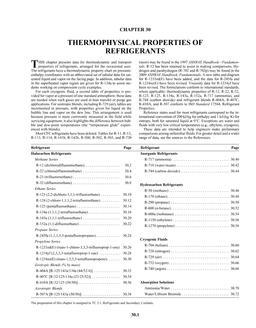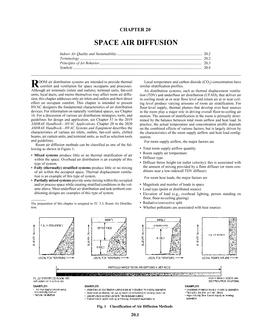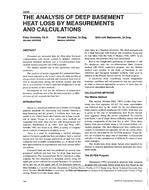States that a dynamic simulation model of a building renormalised from short-term test data can be used to answer a large variety of questions about the thermal performance of the building, such as commissioning, load control and diagnostics. Describes the application of a short-term test method called PSTAR (primary and secondary term analysis and renormalisation) to a large office building to test the key steps of the method in a non-residential building. States the renormalised model provided a good fit to the test data and explained the building performance in terms of physically significant heat flows. States the most significant building-specific result was that the building loss coefficient was 1.9 times the design value, explaining in part why historical consumption has been significantly larger than the design prediction.
KEYWORDS: Buildings, monitoring, calculating, energy consumption, performance, offices, USA.
Citation: Symposium Papers, Atlanta, GA, 1990
Product Details
- Published:
- 1990
- Number of Pages:
- 9
- File Size:
- 1 file , 2 MB
- Product Code(s):
- D-18550


